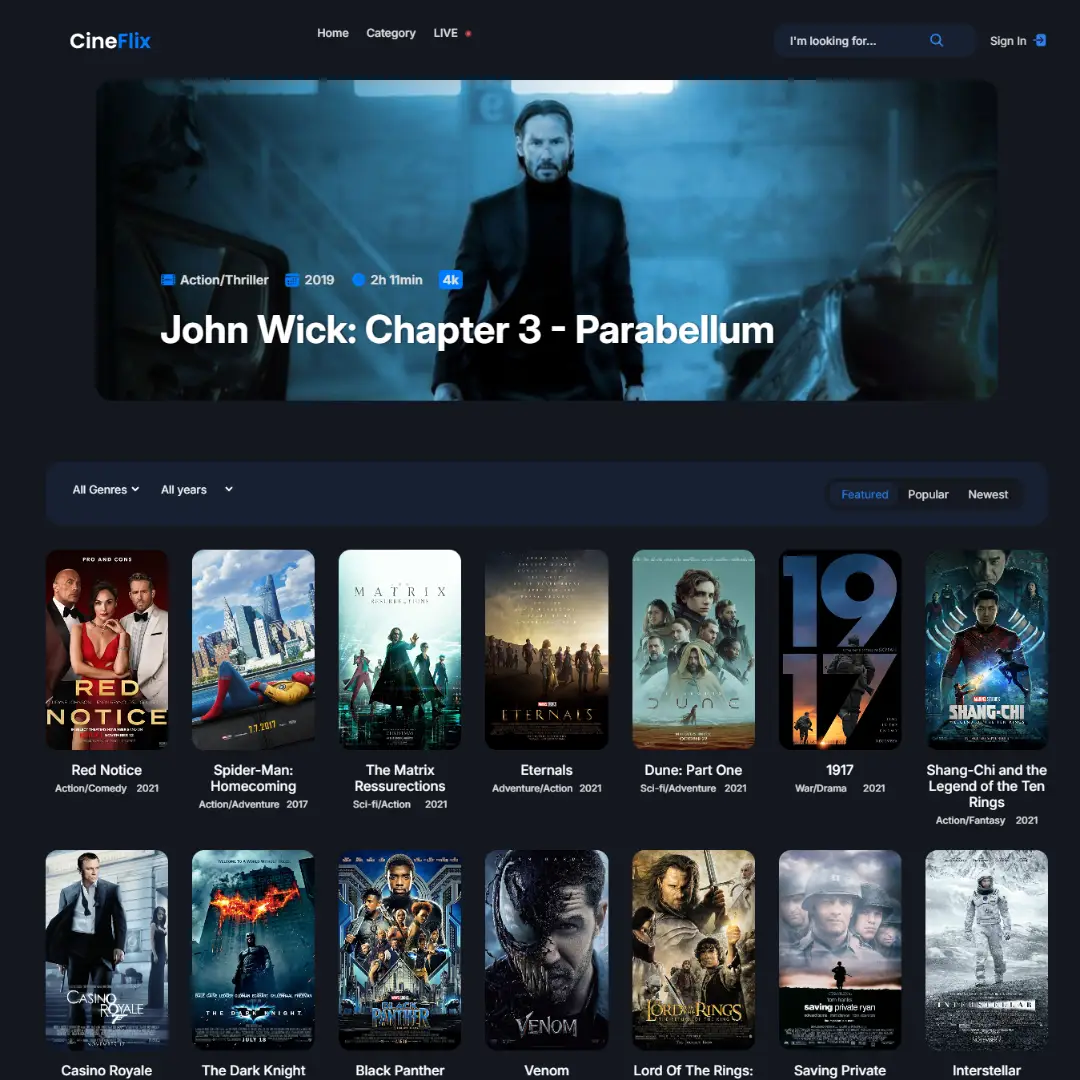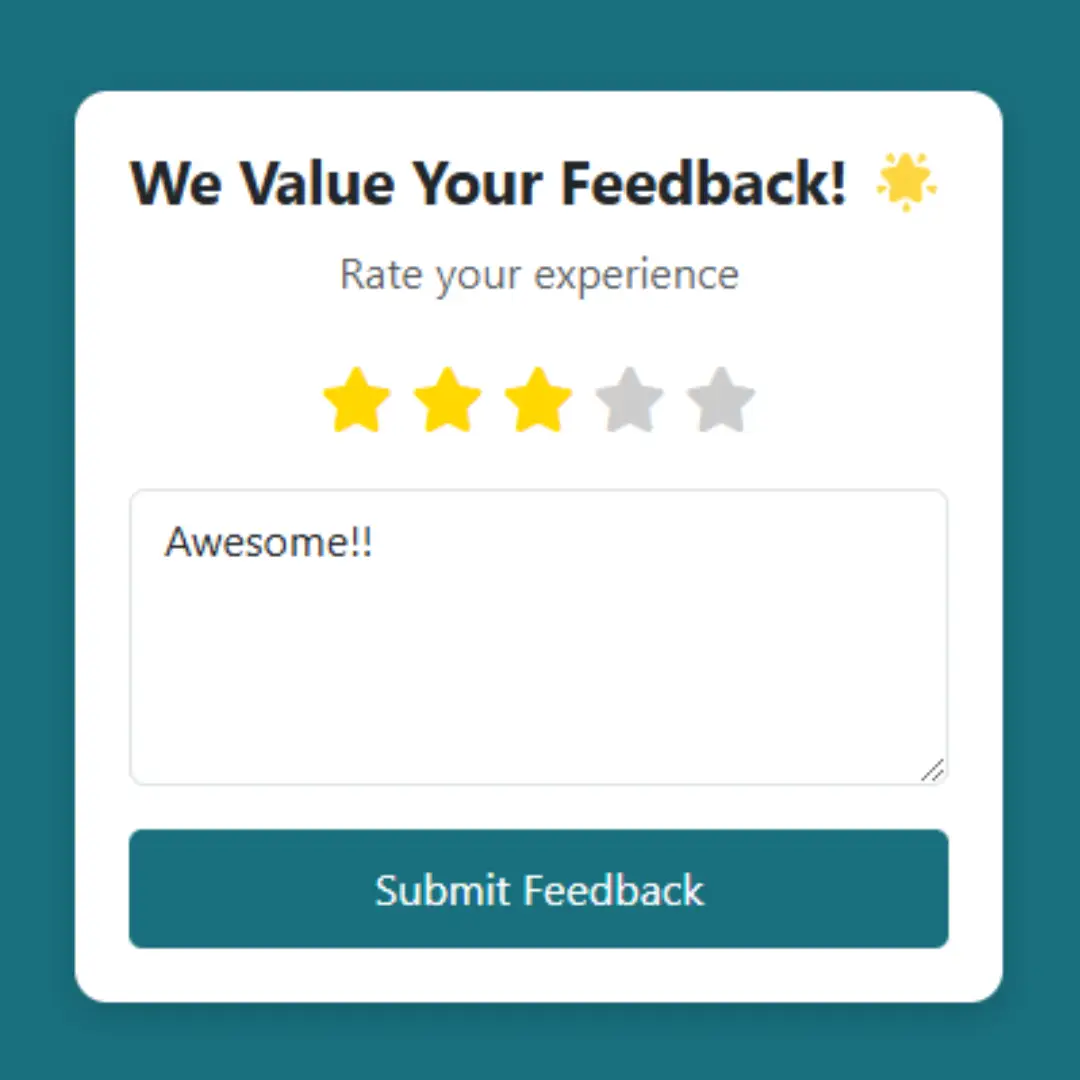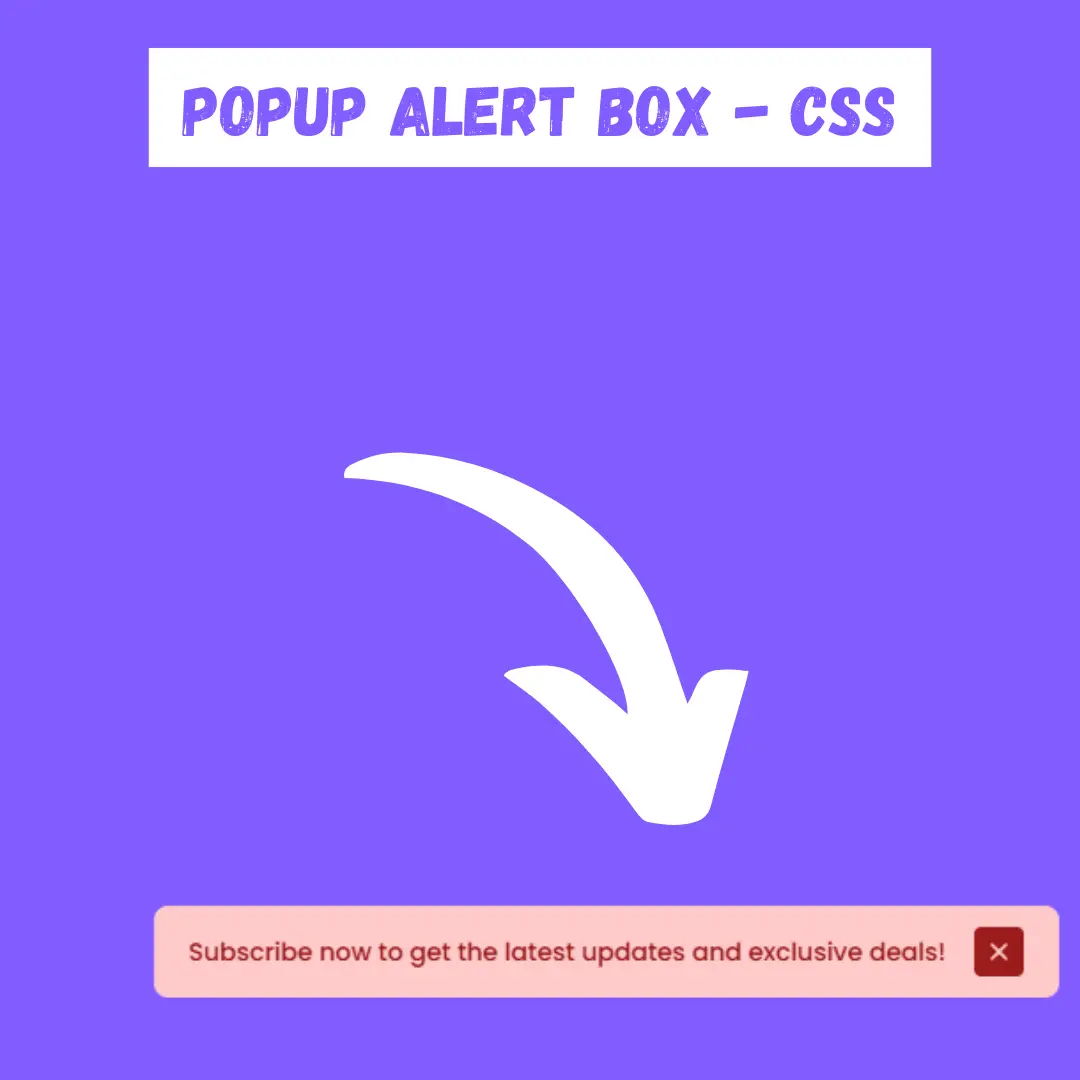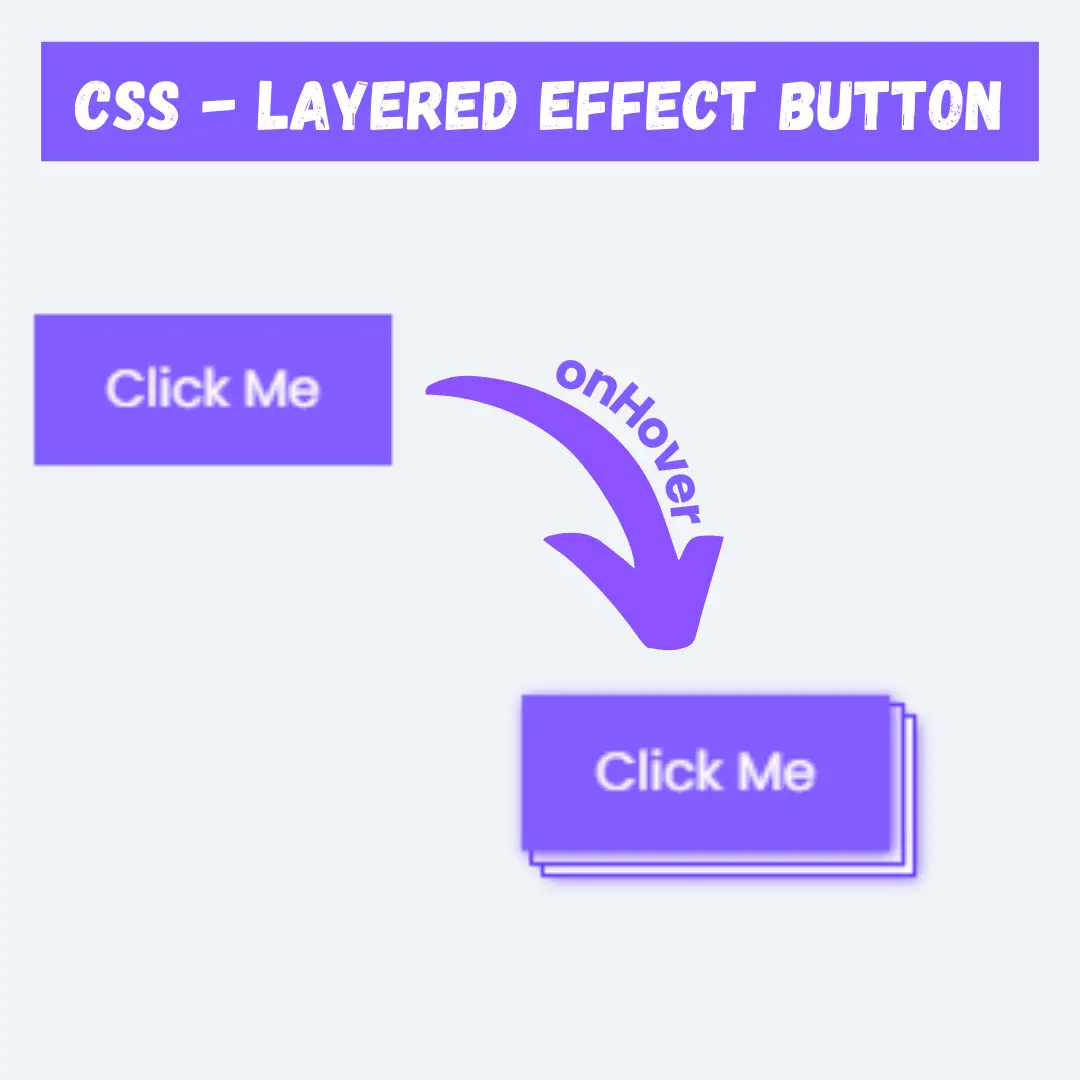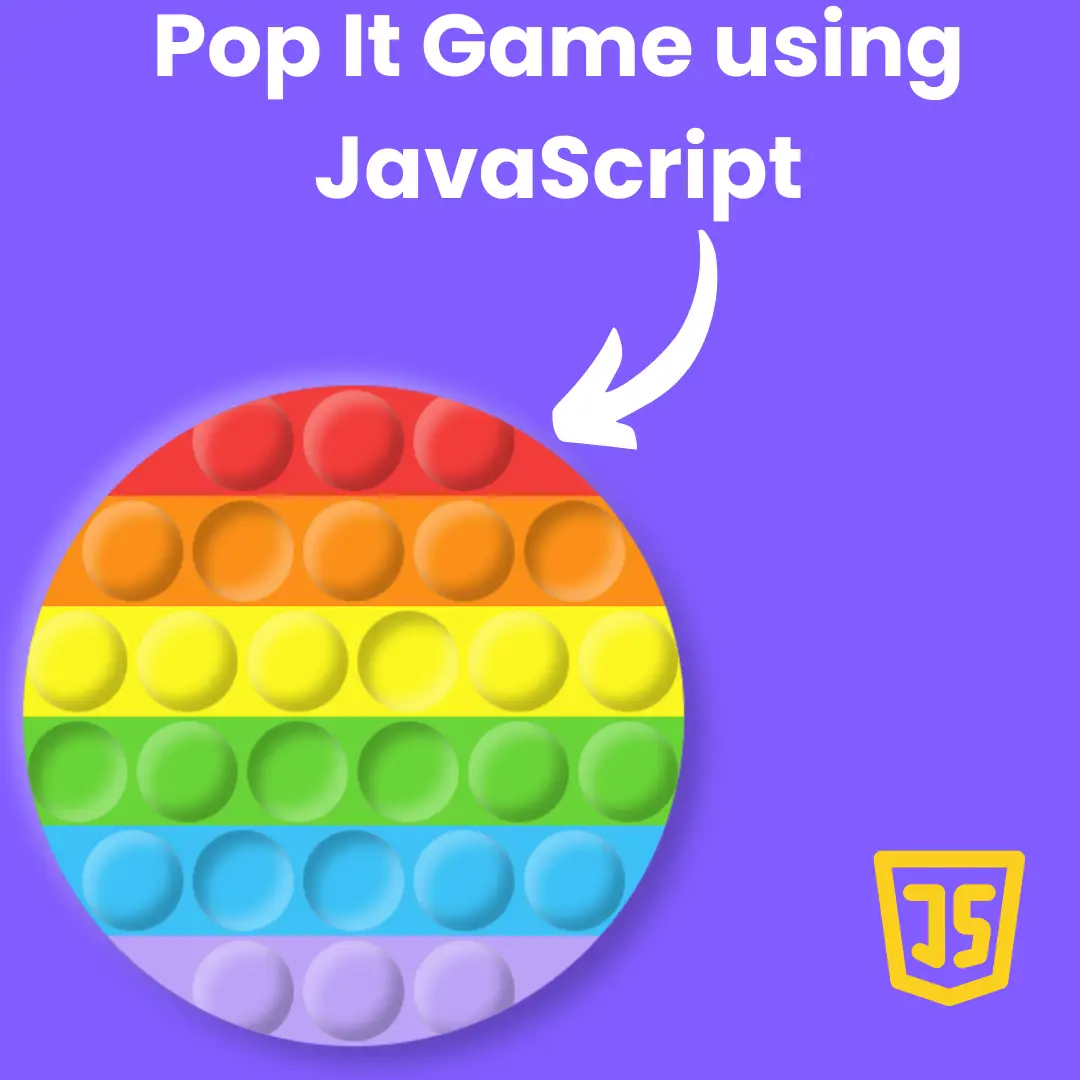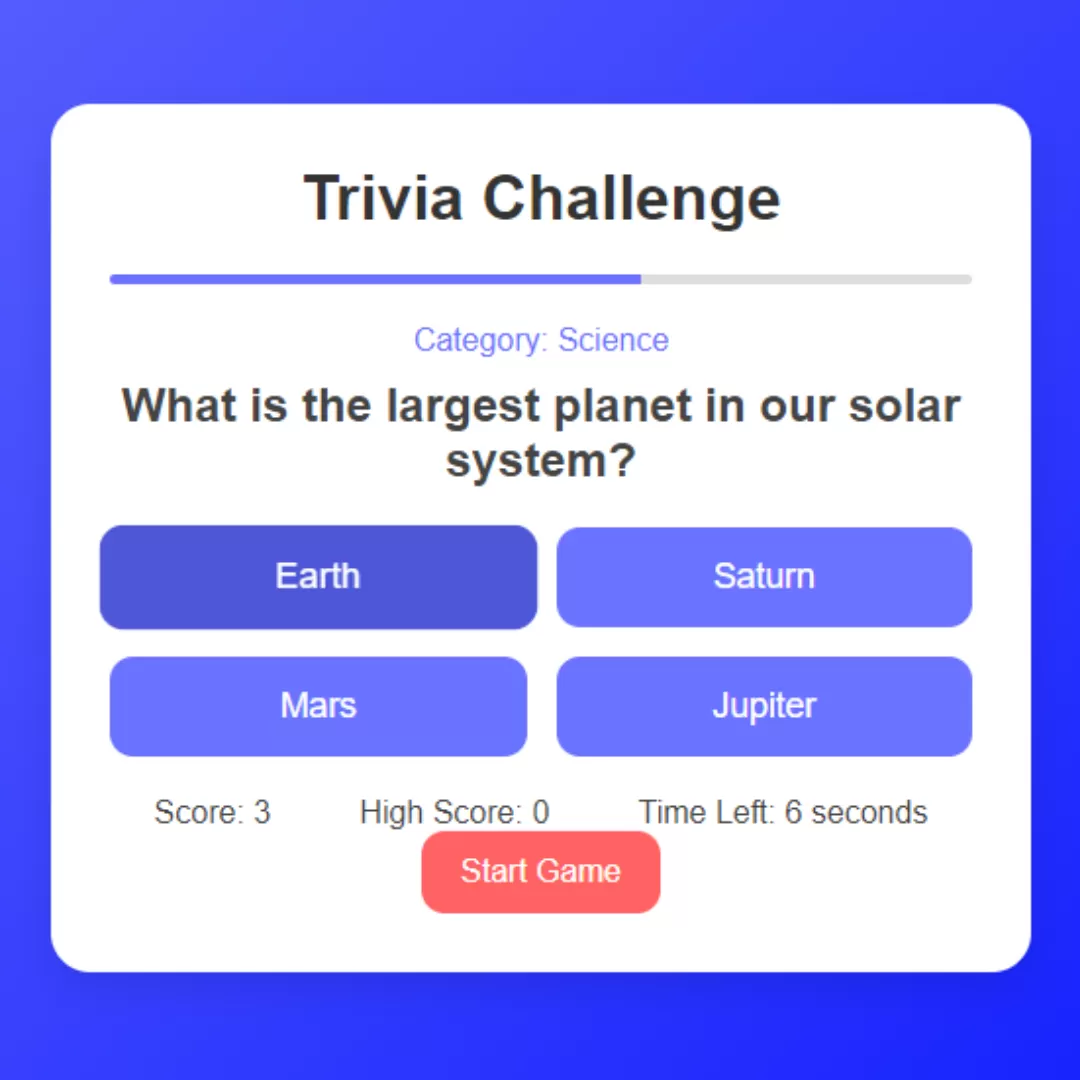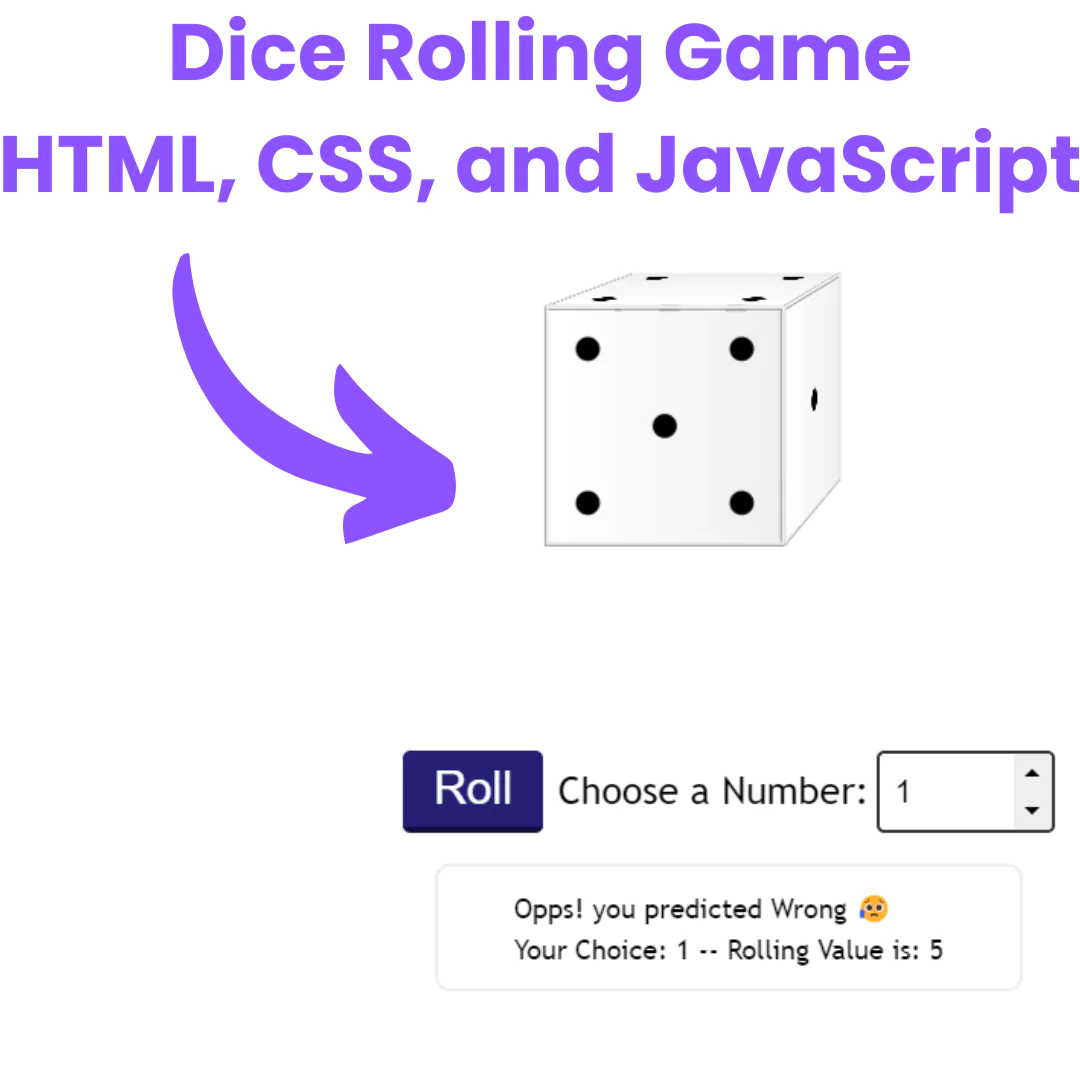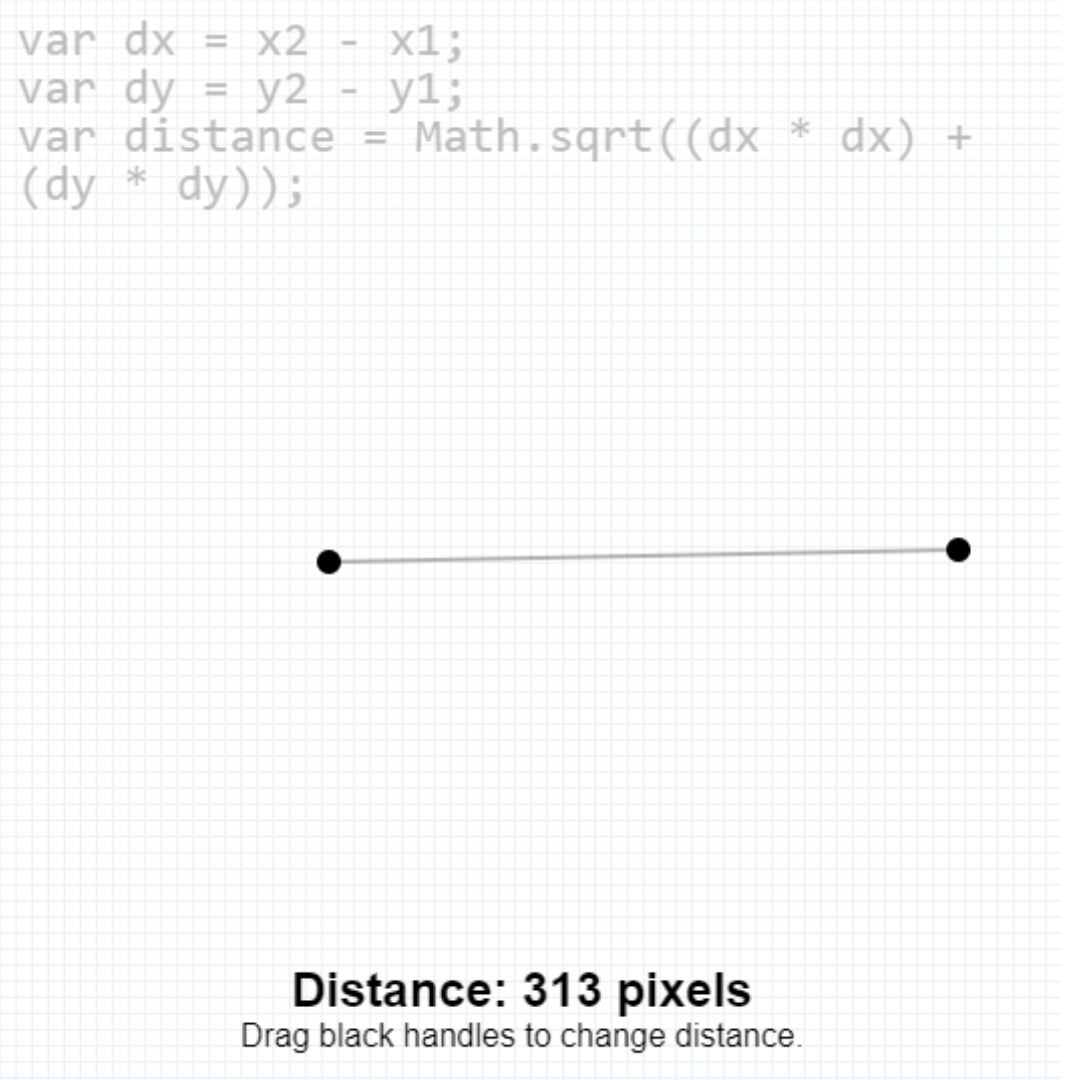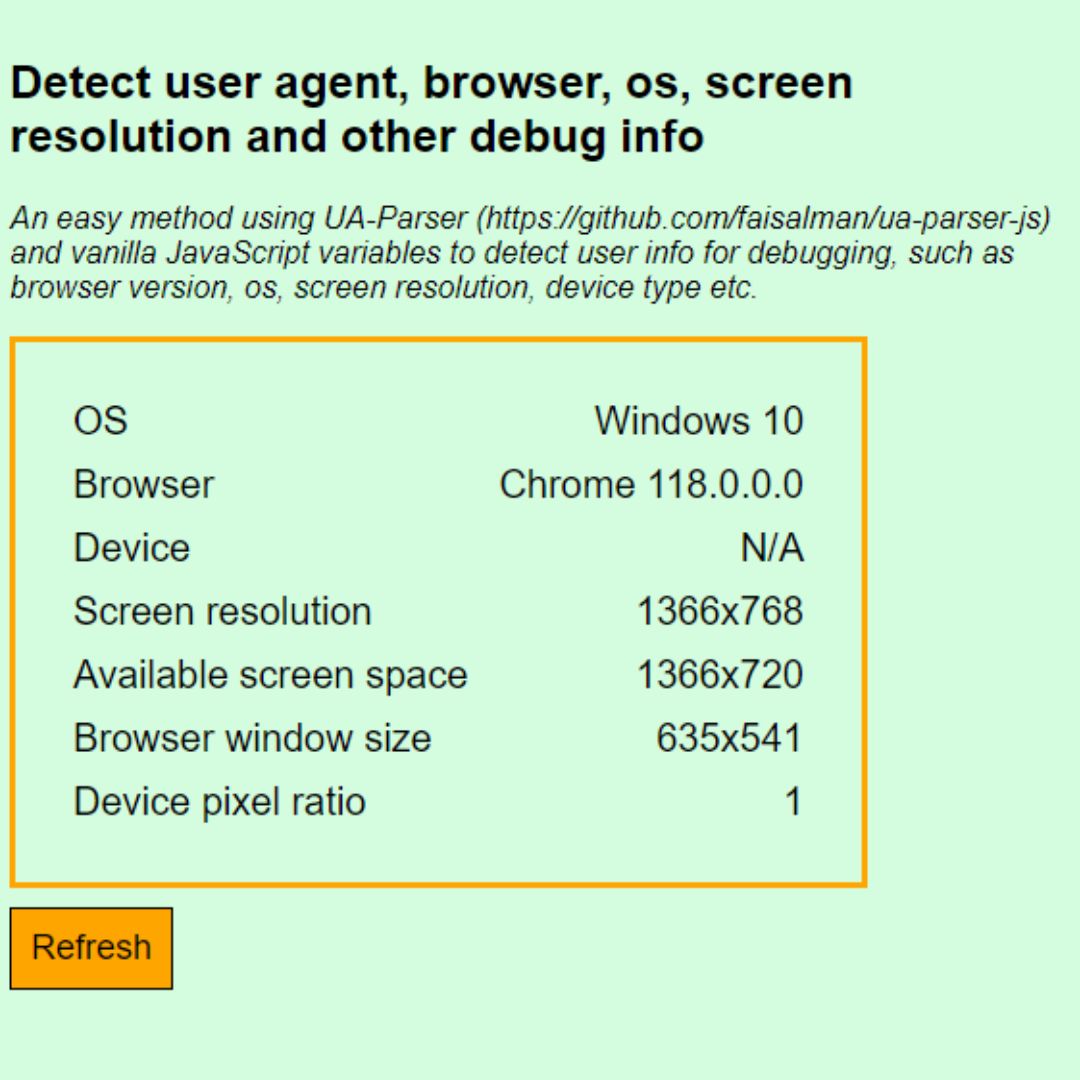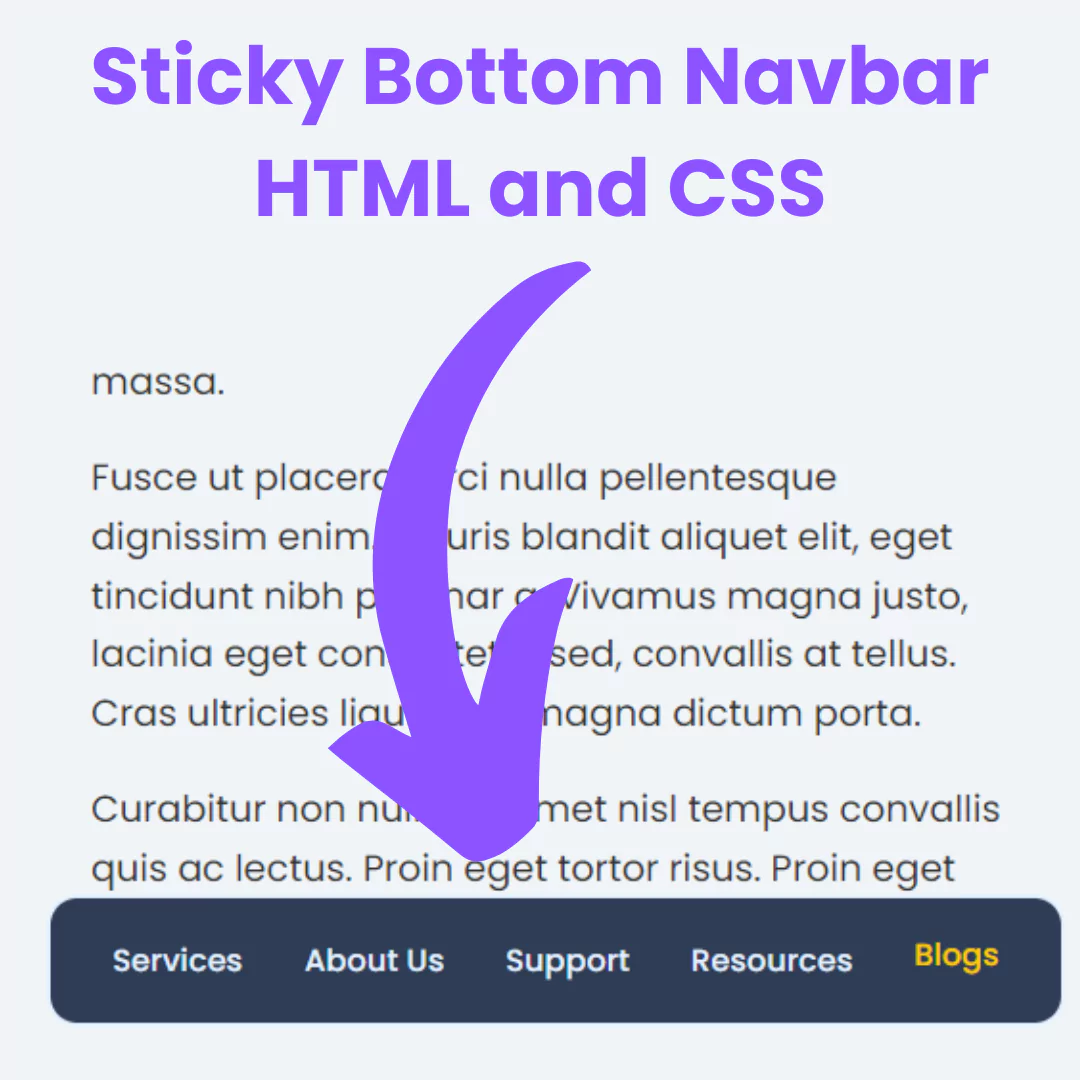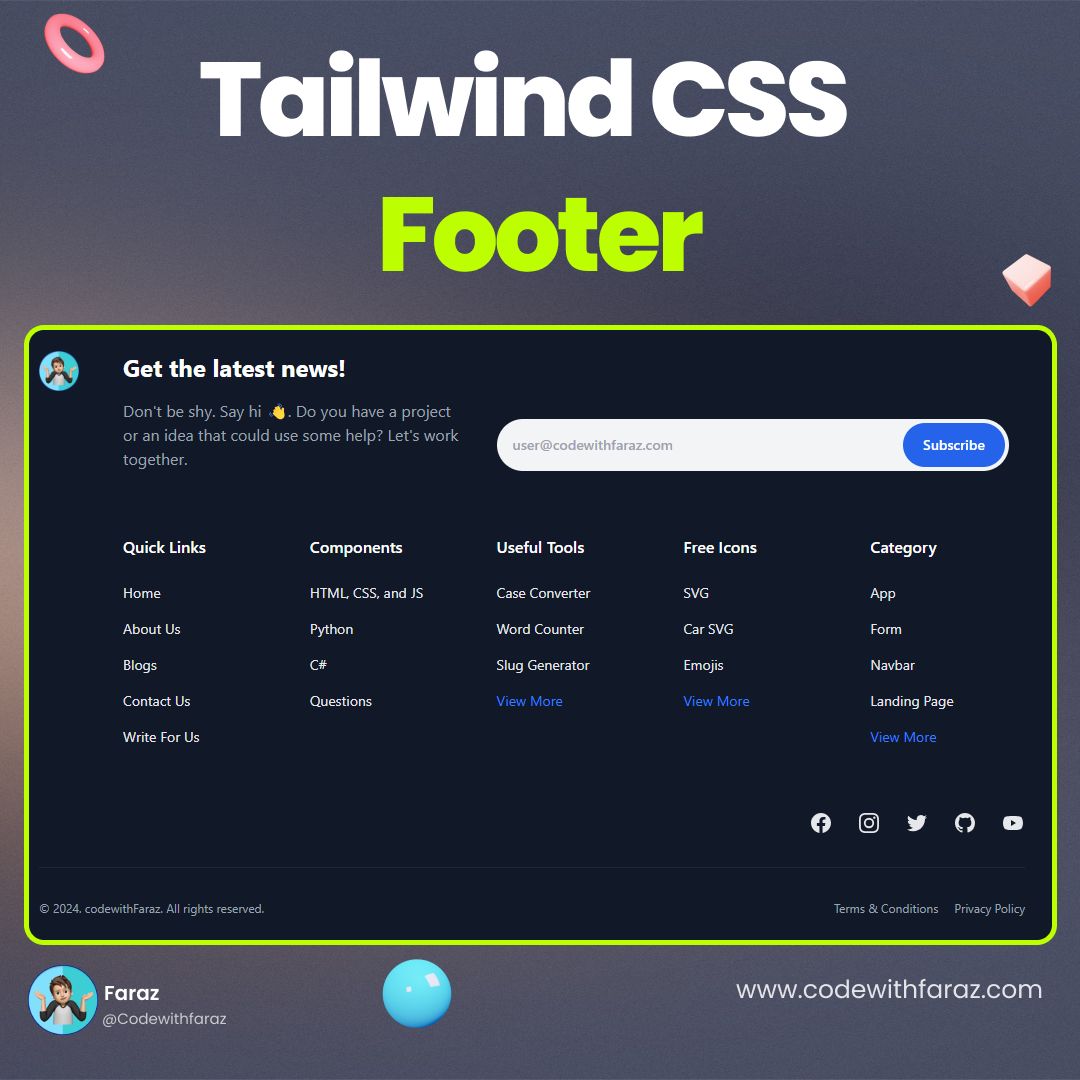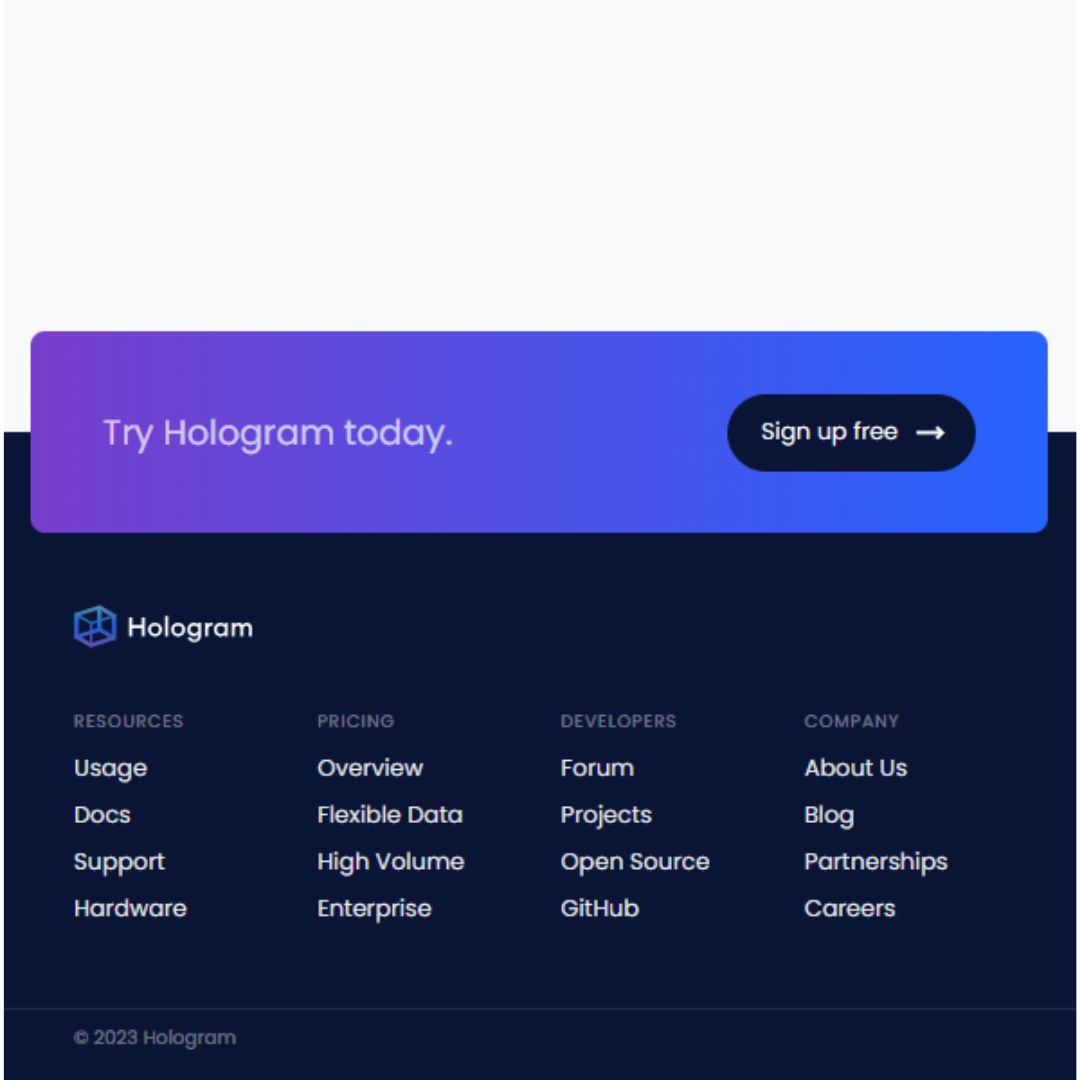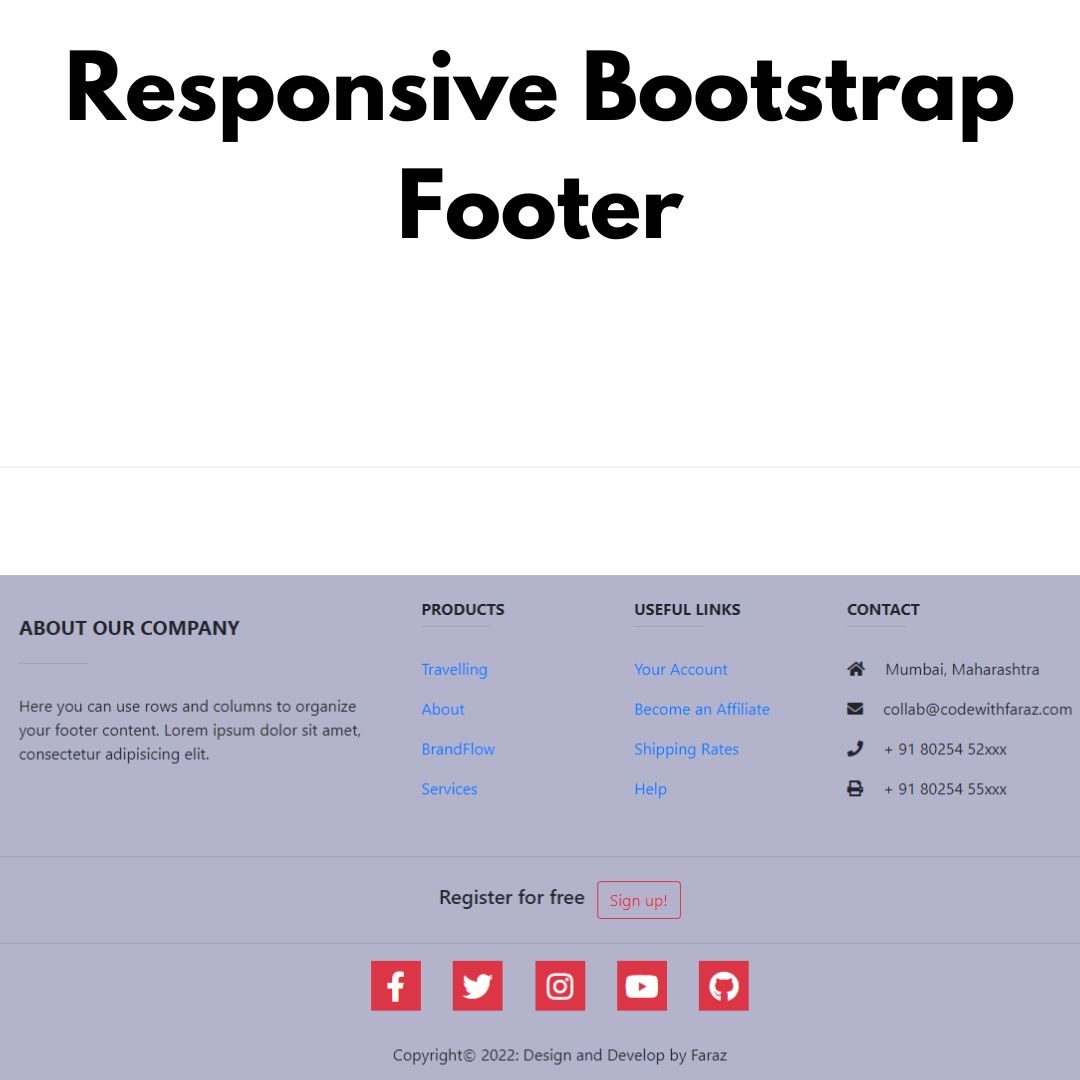Technology is always advancing at a rapid pace, and you can expect the format of data transfer to also change as we continue to grow. In this article, you'll find out what some of the important differences are between JSON and XML.

JSON is a data interchange format, while XML is a markup language that can be used to document and structure data. However, JSON has emerged as the dominant format in recent years due to its simplicity, readability, and ease of processing. This article compares JSON vs XML and discusses which one will be the future of data transfer.
What is JSON vs XML?
In recent years, there has been a growing trend of using JSON (JavaScript Object Notation) over XML as the preferred data interchange format. This is due to JSON's simpler code structure, which makes it easier to read and process. Additionally, JSON supports more complex data structures than XML, making it a better choice for certain applications.
However, XML is still widely used and supported, so which format will prevail in the future? It's difficult to say for sure, but both formats have their benefits and should be used in different situations. Here are some comparisons between JSON and XML:
JSON vs XML: Data Structures
One major difference between JSON and XML is that JSON supports more complex data structures than XML. For example, JSON can represent arrays and objects much better than XML can. This makes JSON a better choice for certain types of applications where data needs to be represented in a more complex way.
JSON vs XML: Code Structure
Another major difference between JSON and XML is their code structure. While both formats have their own advantages, JSON's simpler code structure makes it easier to read and process. Additionally, JSON supports indentation levels, which makes it easier to follow the code structure. This feature means that JSON is easier to read and process by a person or computer.
JSON vs XML: Compatibility
Though JSON is a newer format, it can be used in similar ways as XML. There are many software packages that will accept either format and convert it into another format. Also, since the two formats have different data structures, they should be kept segregated if they are being worked on together in the same project.
Differences between JSON and XML
JSON is a lightweight data interchange format often used in web applications. XML is more verbose and platform-specific, but is widely used in enterprise systems. JSON has emerged as the preferred format for data interchange in modern web applications. Here's a look at the key differences between JSON and XML:
- JSON is significantly lighter weight than XML.
- JSON can be processed by JavaScript code, which makes it perfect for web application development.
- JSON is easy to read and understand, making it a great choice for data interchange within an application.
- XML is more platform-specific, meaning that it may not work well with all applications or systems.
- The popularity of JSON suggests that it will become the standard data interchange format in the future.
Pros and Cons of JSON
Pros of JSON:
- Quick to read and write: JSON is easy to understand and write, making it a great option for data transfer between web applications.
- Support for multiple languages: JSON is supported by a wide range of programming languages, making it easy to integrate into your application.
- Comprehensive: JSON is comprehensive and can represent complex data structures easily.
Cons of JSON:
- Not as widely supported as XML: While JSON is quickly becoming the standard, it isn't as widely supported as XML. This could lead to problems if your application needs to work with a wider range of data formats.
Pros and Cons of XML
Pros of XML:
- Extensible: XML can be easily extended with new tags to add specific information about the data.
- Well Defined: XML is well defined and has a well-defined grammar, so it is easy to read and understand.
- Reliable: XML is reliable because it can be validated against a standard before being transferred. This prevents errors during transmission.
- Compatible: XML is compatible with many different programming languages, so it can be used with a wide variety of applications.
- Customizable: XML can be customized to suit the needs of the user or application.
- Slow to load: Because XML is based on standard rules, it can take longer to load than JSON data.
- Limited scalability: Although XML can be expanded to handle larger amounts of data, it may not be able to handle large amounts of data very well.
Why Would I Choose One over the Other
JSON is quickly becoming the go-to data format for modern applications. Its compact and easy to read format makes it perfect for exchanging data between machines. XML, on the other hand, is still a popular format for exchanging data between applications and servers. However, JSON may soon be the format of choice for transferring data between applications. Here are four reasons why:
- JSON is easier to read and understand than XML.
- JSON can be processed more quickly than XML.
- JSON is less prone to errors than XML.
- JSON is more compatible with modern web browsers than XML.
Conclusion
JSON and XML are two of the most commonly used data formats in today’s world. They both offer a great deal of flexibility, but which one will be the future of data transfer? I believe that JSON will eventually become the dominant format because it is more efficient and easier to read. With all the advances we are seeing in technology, it is important that our data transfers move as quickly and smoothly as possible. If you are looking for a more efficient way to transfer your data, then JSON should be your go-to format.
That’s a wrap!
Thank you for taking the time to read this article! I hope you found it informative and enjoyable. If you did, please consider sharing it with your friends and followers. Your support helps me continue creating content like this.
Stay updated with our latest content by signing up for our email newsletter! Be the first to know about new articles and exciting updates directly in your inbox. Don't miss out—subscribe today!
If you'd like to support my work directly, you can buy me a coffee . Your generosity is greatly appreciated and helps me keep bringing you high-quality articles.
Thanks!
Faraz 😊





